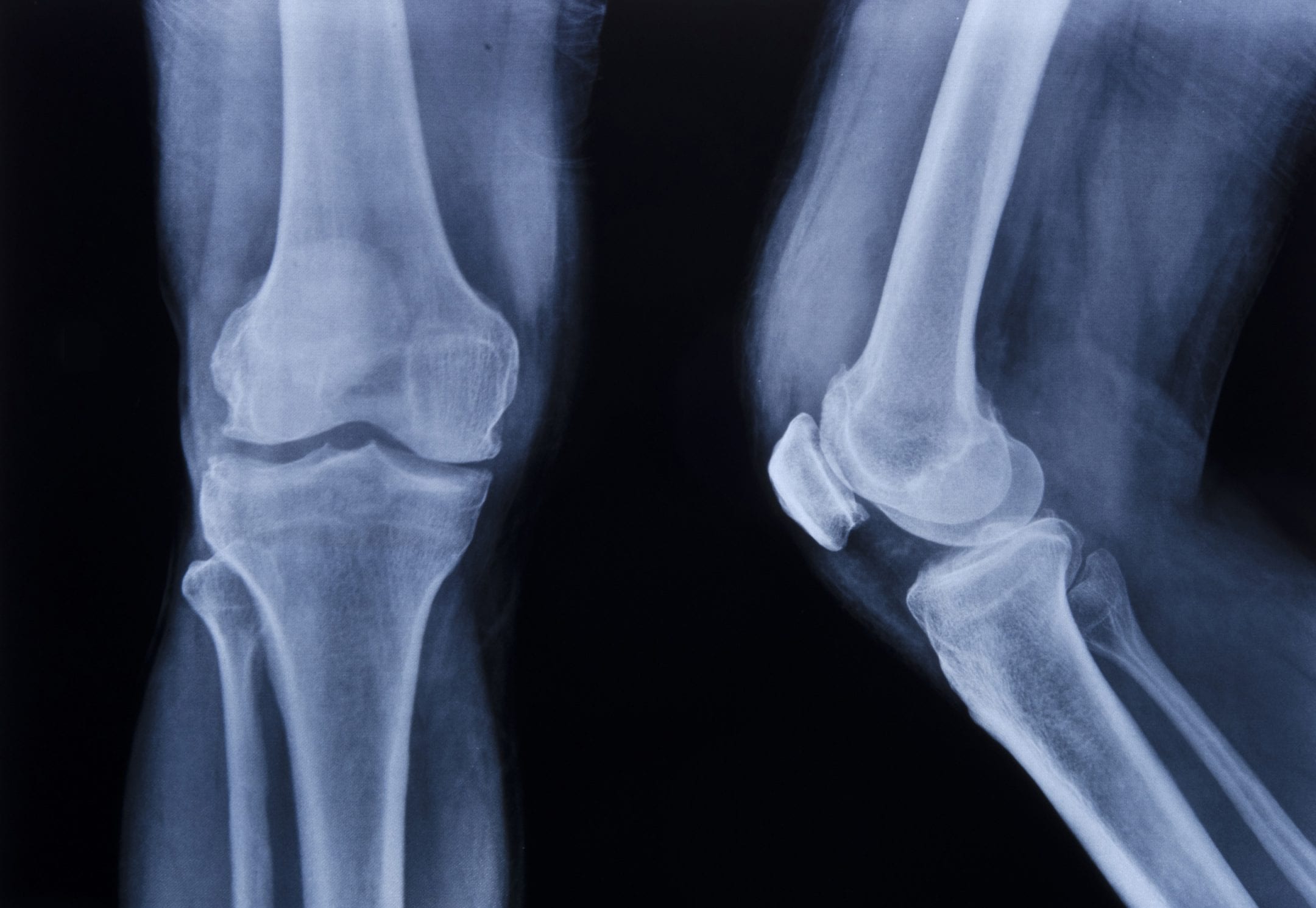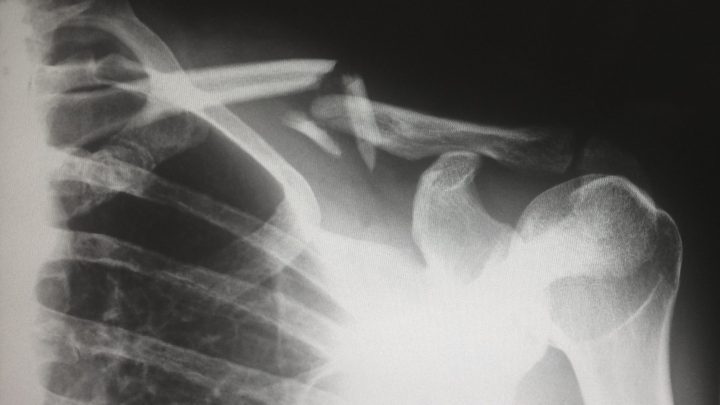Self-repairing concrete contains bacteria that produce limestone to fill any cracks that occur.
Benefits
- Reduced emissions
- Reduced cost
Applications
- Construction
- Building materials
- Infrastructure
UN Sustainable Development Goals Addressed
-

Goal 9: Industry Innovation & Infrastructure
-

Goal 11: Sustainable Cities & Communities
-

Goal 12: Responsible Production & Consumption
Bioutilization
- Sporosarcina pasteurii
- Bacillus pseudofirmus
The Challenge
Cement is the second most consumed product on Earth after water. Concrete production is one of the largest producers of carbon dioxide, a greenhouse gas. These gases absorb solar energy and keep heat close to the Earth, known as the greenhouse effect, leading to global warming. In addition, repairing cracked concrete in roads and buildings costs governments and companies billions of dollars every year.
Innovation Details
Self-repairing concrete utilizes a limestone-producing bacteria, which is normally dormant inside the concrete. When a crack emerges, it lets in air and moisture. This forces the bacteria out of dormancy, where they start to feed on the calcium lactate inside the concrete. They also consume oxygen, which converts the soluble calcium lactate into insoluble limestone. The limestone solidifies in the cracks, sealing them again. This process was inspired by the ability of bones to self-heal after damage.

Biological Model
Osteoclasts and osteoblasts work together to help bones heal by encouraging cell growth and mineralization. The osteoblasts work in groups to deposit calcium and phosphate crystals into the damaged site, which combine with collagen to form new bone. Osteoclast cells remove any unwanted bone around the fracture site, until the repaired bone assumes a shape similar to its appearance before injury.





